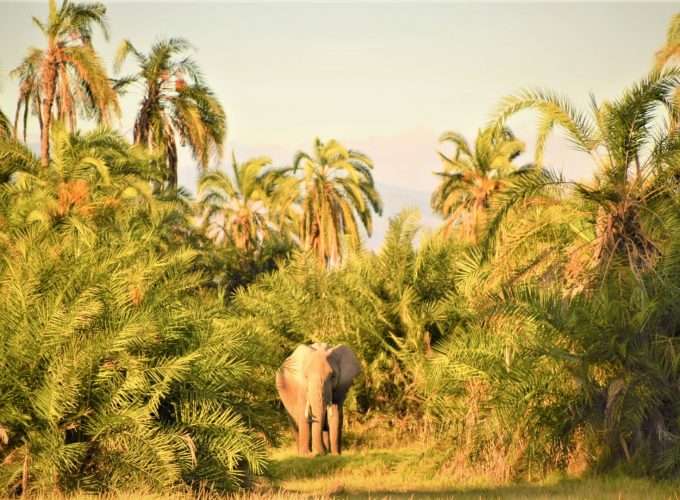Lake Nakuru National Park
Lake Nakuru National Park is situated approximately 164 kilometres from Nairobi, a two hours drive from Nairobi city. It is dominated by a gentle undulating terrain with open bush and woodlands, typical of the dry rift valley vegetation. Twenty seven percent (27%) of the park is composed of the Lake Nakuru waters. The lake is 2km north of Nakuru town at grid reference 0°19′- 0°24′ S/36°04′-36°07 E, and covers 49,00ha (9km long and 5.5km wide maximum) at an altitude of 1758m asl.
The area around the lake is exclusively used for wildlife conservation while the land in the catchment area is intensively used for agriculture, forestry and ranching. The lake was established as a National Park in 1961. The park was expanded over the years to 188 km2 to provide a perimeter buffer zone to protect the lake from encroachment by settlements and to minimize the impacts of urban and agricultural development in the immediate catchment. The park was declared a rhino sanctuary in 1983.
The Rhino stocking program which ensued received white rhinos from South Africa. Currently the sanctuary has approximately 45 black and 31 white rhinoceros. The lake is also designated as a RAMSAR site. Although it is a protected are, Lake Nakuru National park is threatened by human activities bath from within and outside the area. Siltation due to agricultural activities within the lake catchment is one of the major threats to the lake. Pollution from agricultural chemical such as fertilisers, pesticides, herbicides as well as industrial and domestic effluent from Nakuru town, which has a population of apploximately 212,000 inhabitants, enter the lake through surface inflows. The high number of tourists visiting the Lake and the development activities accompanying it are further threatening the lake’s biological resources.
From historical records, the lake, dried up between 1951 and 1953, and interventions to control soda dust were initiated in 1953. The lake water is highly saline but supports a habitat rich in biodiversity including a variety of aquatic flora and fauna. The lake also is inhabited by water mammals mainly hippopotamus and clawless otters while the terrestrial part of the park supports a large number of other African plain mammals.
The park is also a sanctuary of rhinoceros and the Rothschild’s Giraffe.




